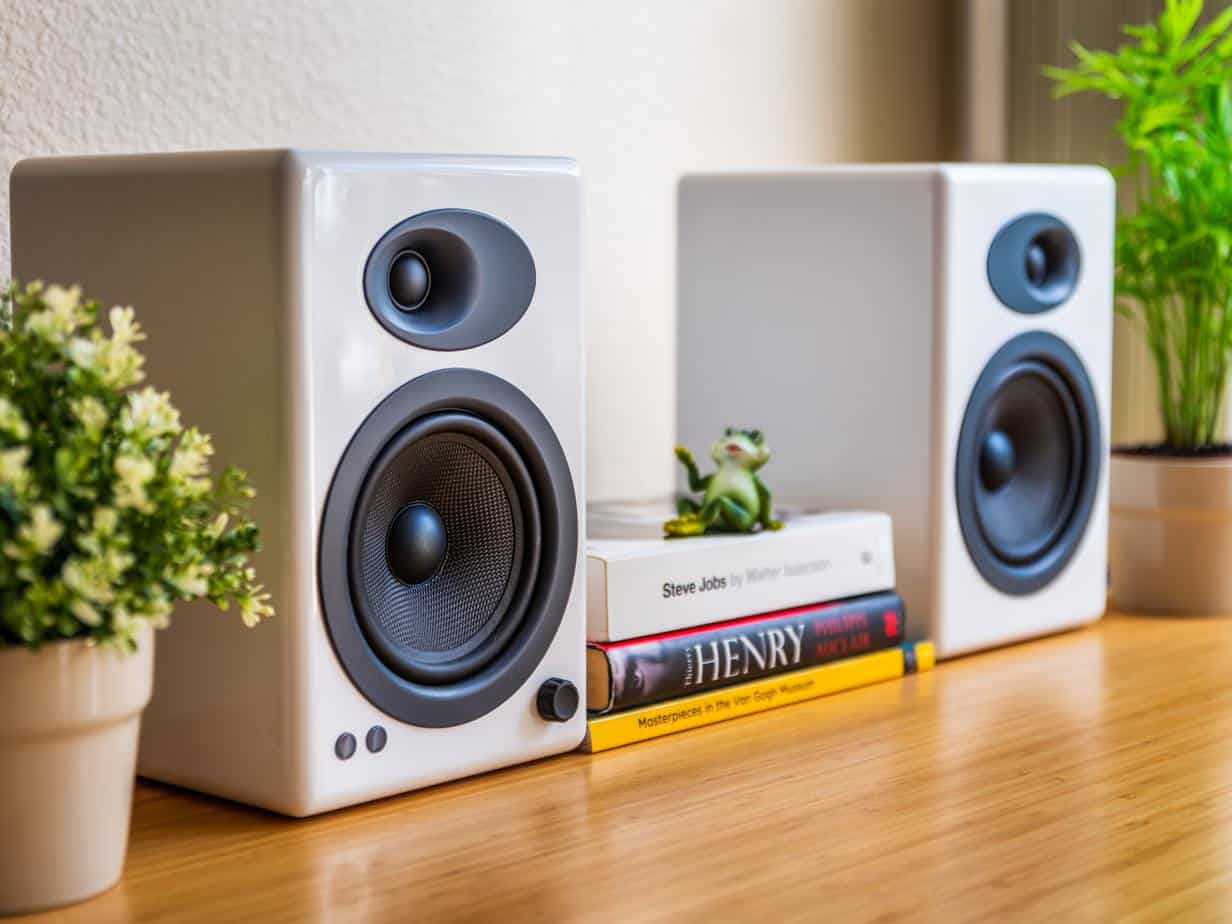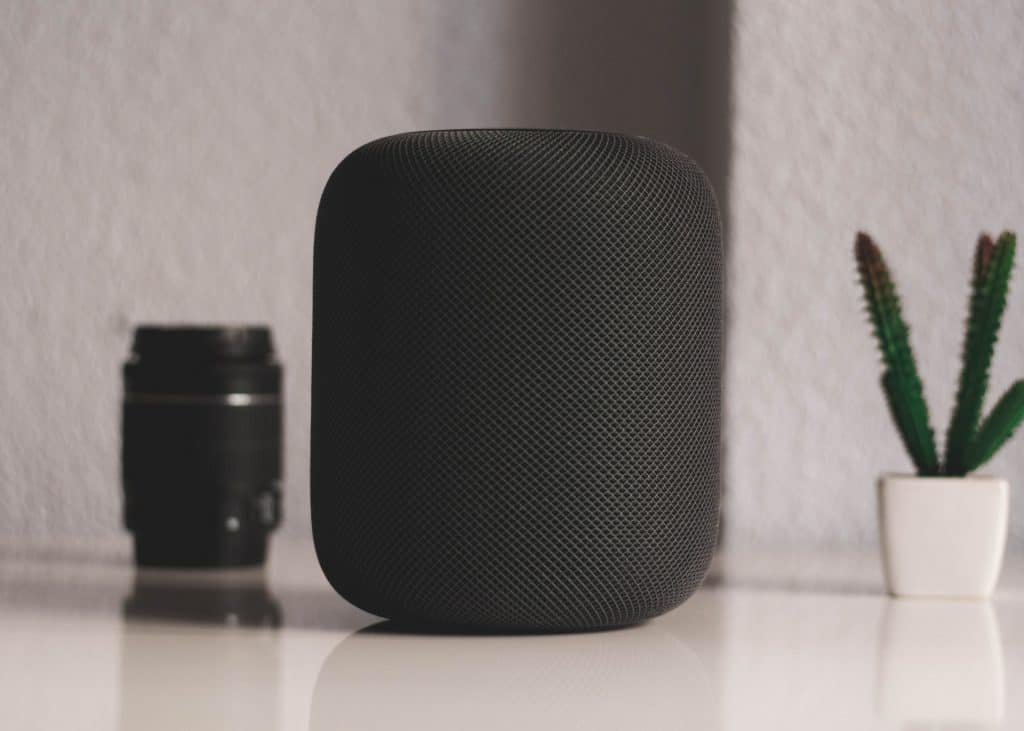
Sponsored article
Probably almost every electronics enthusiast will sooner or later want to try their hand at building a speaker. What tools and accessories are worth buying?
We use speakers almost every day, both at home and in the car. We are so accustomed to their presence that we rarely think about how they work. The simplest scheme of construction and operation of a speaker is basically unchanged, despite the fact that newer and newer models appear on the market, which basically differ in shape and quality of parts. At the beginning you need to prepare a project, which will include whether you want to build a woofer, midrange or tweeter.
There are several types of speakers, which differ in the principle of operation. such as:
The basic mechanism is based on the fact that the current moves a coil, which is in the magnetic field of a magnet and is attached to the diaphragm. The body of an electrical coil (expertly called the carcass) is made of electrolyte material (most often it is aluminum). The action of the current and the magnetic field sets the coil in motion and thus causes the membrane to move. In short, the electric current in a loudspeaker is transformed into an acoustic wave in a linear and proportional manner.

No speaker will work without them. The one used today is the neodymium magnet, which is the strongest permanent magnet. What sets it apart is that despite its relatively small size, it can generate a lot of force.
There are 3 shapes: annular, lamellar and cylindrical. Does the choice matter? Yes, because the shape of the magnet determines how the other parts of the speaker will be placed.
It depends on whether you want to build a speaker, for example, a woofer or a midrange one. For the former type it is better to buy a thicker, multilayer diaphragm. For midrange speakers, on the other hand, thin and light ones will do just fine.
The diaphragm may be constructed from various materials, such as cellulose, polypropylene or fiberglass and carbon. Each of these will work well in a different type of speaker, so it is important to plan the type of device properly. Otherwise, the sound will not be of good quality.
As mentioned above, it is used to conduct electricity. Therefore, the material from which it is constructed must conduct electricity very well. Therefore, it is best to buy an aluminum or copper coil.
There are also available two-layer and four-layer coils. The difference between them and the classic one is that the wires are wound on the carcass.
When building a loudspeaker are also used insulating foams (so-called acoustic foams), felts, sealing tape, flange nuts. Loudspeaker covers and fabric for covers should also be purchased.
Other items needed are:
If you are not sure that all parts inside the motor have been connected correctly, do not plug it in. You may cause a short circuit and burn out the sockets or its interior, for example.
When deciding to build even the simplest motor, you need to determine what frequency and sound quality you care about. If you don’t have experience with speaker design, it’s best to buy the simplest yet cheapest components. Buying more expensive parts can make them either damaged or not fully functional when not assembled properly.
Photo by Shakti Rajpurohit/Unsplash